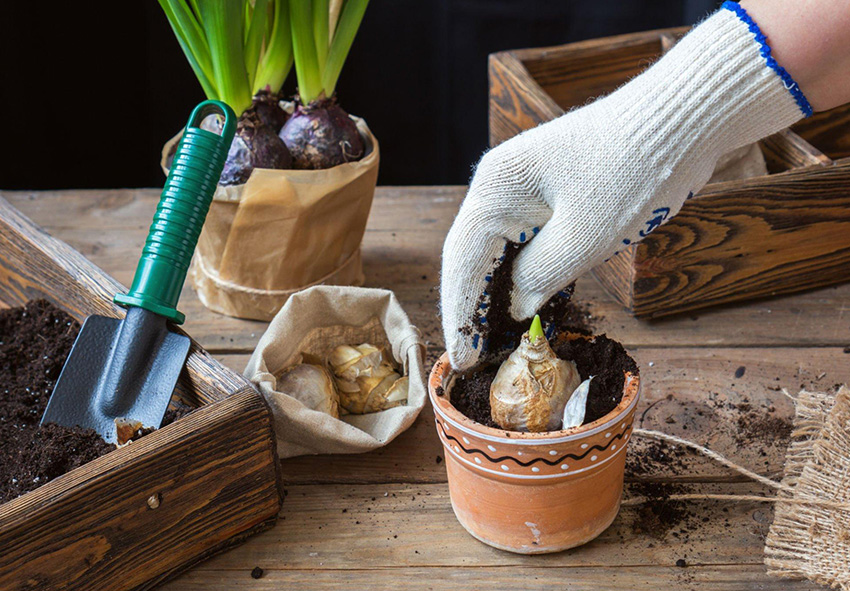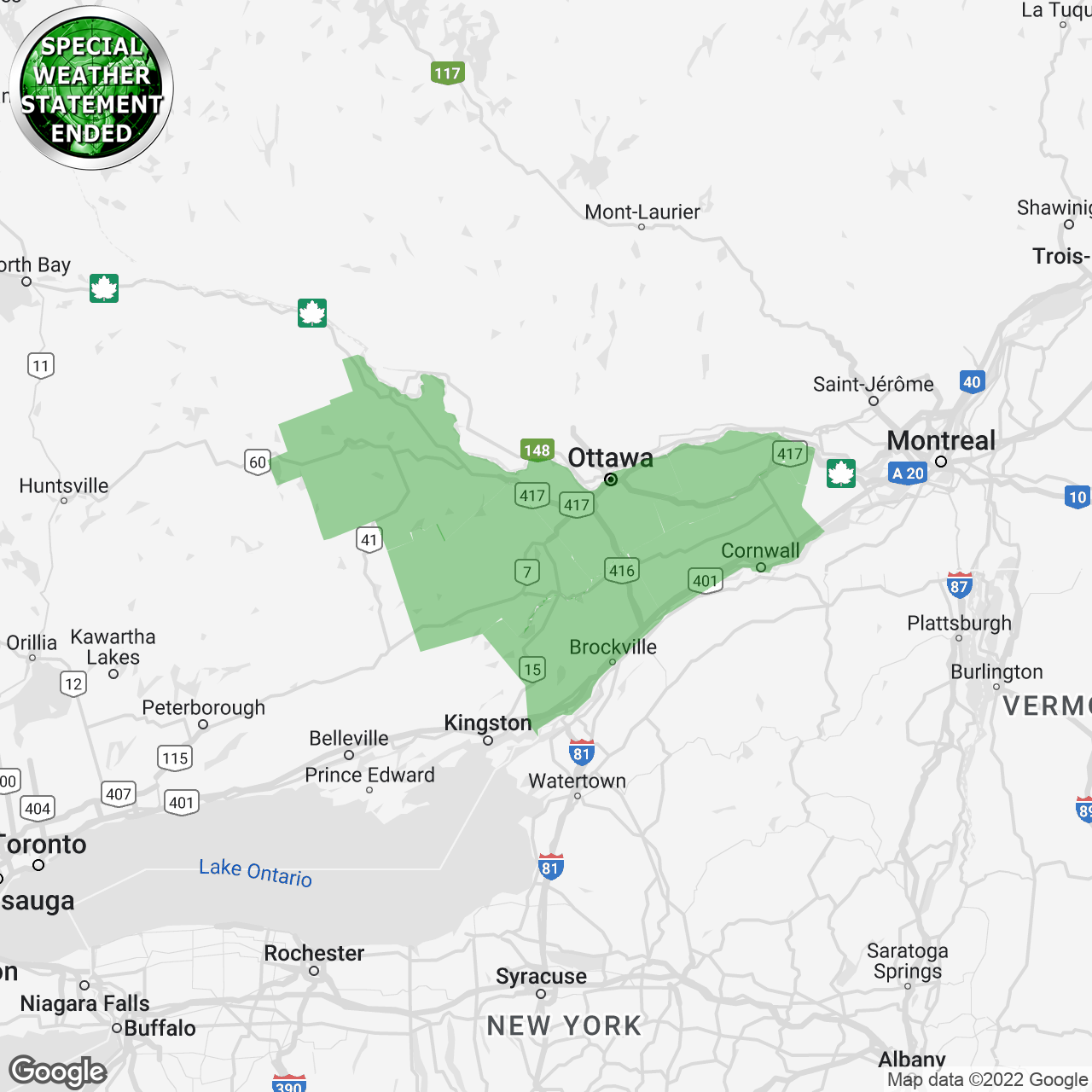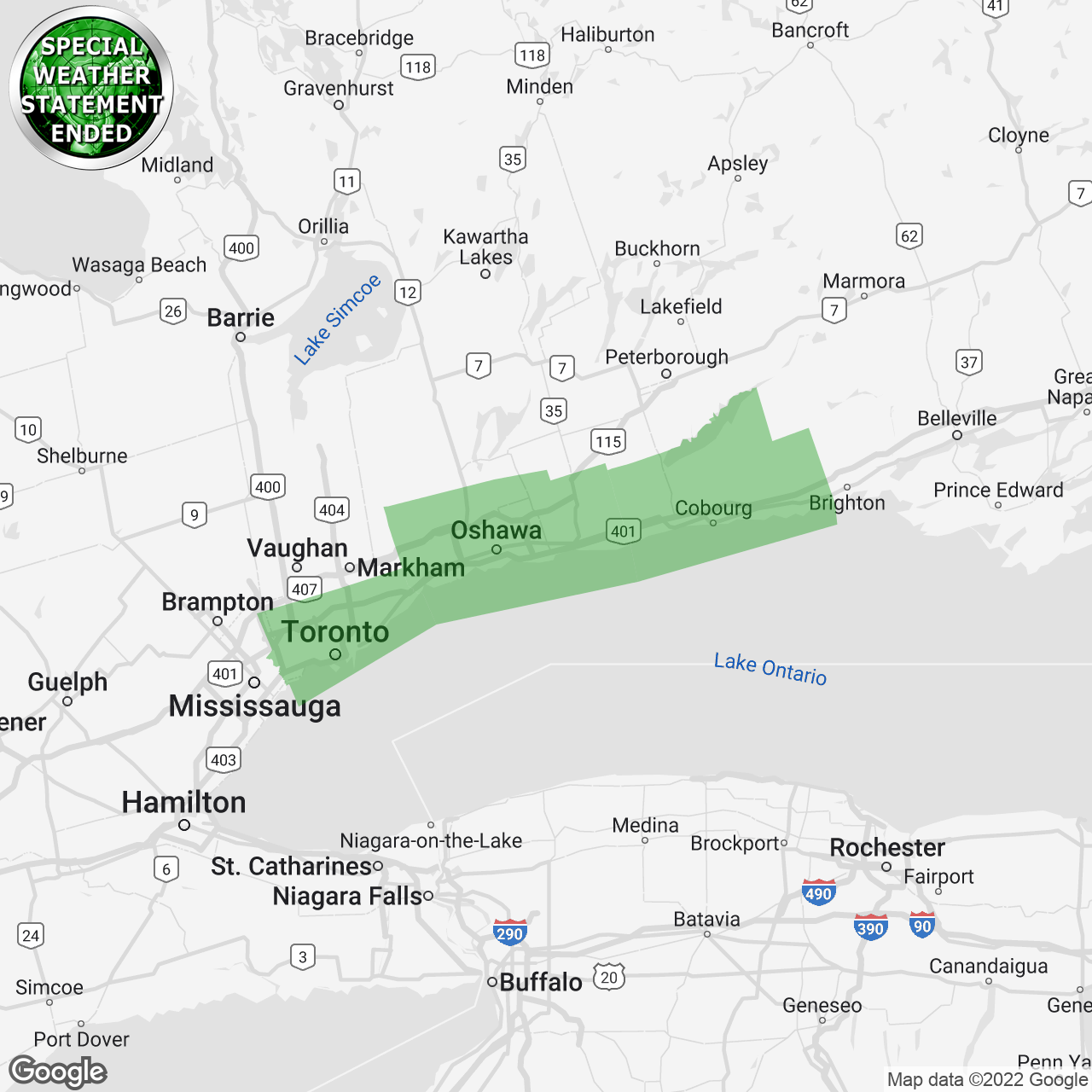Planting Hyacinth Bulbs: A Guide To Timing For Optimal Bloom

Table of Contents
Understanding Hyacinth Bulb Planting Seasons
The success of your hyacinth blooms hinges on understanding the ideal planting season. While some bulbs can be planted in spring, for a spring bloom, planting hyacinth bulbs in the fall is overwhelmingly recommended. This allows the bulbs sufficient time to establish a strong root system before winter's chill sets in. This crucial root development is directly influenced by soil temperature.
The optimal soil temperature for hyacinth bulb root development is between 55-60°F (13-16°C). Planting too early, when the soil is still warm, can encourage premature growth, leaving the bulbs vulnerable to frost damage. Planting too late, after the ground has frozen, prevents root establishment.
Regional variations significantly impact planting times. Gardeners in warmer climates, such as the South, can plant slightly earlier than those in cooler northern regions. Always check your local frost dates to determine the safest planting window for your area.
- Fall planting generally recommended for spring blooms.
- Check local frost dates for your area.
- Aim for soil temperatures around 55-60°F (13-16°C).
Choosing the Right Hyacinth Bulbs for Planting
Selecting healthy, high-quality hyacinth bulbs is paramount for achieving abundant blooms. Look for firm, plump bulbs that are free from any signs of damage, mold, or disease. Avoid bulbs that feel soft or mushy, as these are likely to rot. Inspect the bulb's base and ensure it is solid and undamaged.
The world of hyacinth bulbs offers a stunning array of colors and varieties, each with its own unique bloom time. Some varieties bloom earlier than others, so choose those that align with your desired spring display timeline. Consider factors like the color palette you want to create and the overall design of your garden. Early spring blooms can be achieved by using pre-chilled bulbs, which have already undergone the cold stratification process necessary for germination.
- Inspect bulbs for firmness and absence of mold.
- Consider purchasing pre-chilled bulbs for a head start.
- Choose varieties that suit your climate and preferred bloom time.
Preparing Your Planting Location for Hyacinth Bulbs
Proper soil preparation is essential for successful hyacinth bulb planting. Hyacinths thrive in well-drained soil to prevent rot. Heavy clay soils, which retain excess moisture, are unsuitable unless amended. Improve drainage by incorporating organic matter like compost, sand, or peat moss. This improves both drainage and fertility, providing the bulbs with essential nutrients.
Hyacinth bulbs require ample sunlight to produce vibrant blooms. Choose a location that receives at least 6 hours of direct sunlight per day. While partial shade is tolerable, insufficient sunlight can lead to weaker blooms and reduced flowering. Good air circulation also helps to prevent fungal diseases.
- Amend heavy clay soils with sand or compost to improve drainage.
- Choose a location with at least 6 hours of sunlight per day.
- Ensure good air circulation to prevent fungal diseases.
Step-by-Step Planting Guide for Hyacinth Bulbs
Planting hyacinth bulbs is straightforward, but following these steps ensures optimal results:
- Dig holes approximately 6-8 inches deep. The depth ensures proper root development.
- Space bulbs 4-6 inches apart to allow for adequate growth. Overcrowding can lead to competition for resources and smaller blooms.
- Place the bulbs pointy-end up in the holes.
- Gently backfill the holes with soil, ensuring the bulbs are completely covered.
- Water gently after planting, avoiding overwatering.
- Optional: Apply a layer of mulch around the bulbs to help retain moisture and regulate soil temperature.
Troubleshooting Common Hyacinth Bulb Planting Problems
Despite careful planning, problems can sometimes arise. Root rot is a common issue caused by poorly drained soil. To prevent it, ensure your soil is well-draining and avoid overwatering. Pests like rodents can damage bulbs, so consider using protective measures like mesh baskets or repellents. Fungal diseases can also occur in damp conditions, so proper spacing and good air circulation are crucial.
Regular monitoring is key to maintaining healthy hyacinth bulbs. Address any issues promptly to prevent them from affecting the entire planting.
- Prevent rot by ensuring good drainage.
- Monitor for pests and diseases.
- Provide adequate watering and fertilization.
Conclusion
Planting hyacinth bulbs correctly is key to a spectacular spring display. By following these guidelines on timing and preparation, you'll maximize your chances of enjoying beautiful, fragrant blooms. Remember to choose healthy bulbs, prepare the soil appropriately, and plant at the optimal time for your region. Start planning your stunning spring garden today by learning more about planting hyacinth bulbs and creating a vibrant, fragrant spring landscape!

Featured Posts
-
 From Scatological Documents To Insightful Podcast The Power Of Ai
May 29, 2025
From Scatological Documents To Insightful Podcast The Power Of Ai
May 29, 2025 -
 El Clasico Immediate Fan And Expert Reactions To The 4 3 Scoreline
May 29, 2025
El Clasico Immediate Fan And Expert Reactions To The 4 3 Scoreline
May 29, 2025 -
 King Charles Iii Building The Strongest G7 Economy The Governments Mission
May 29, 2025
King Charles Iii Building The Strongest G7 Economy The Governments Mission
May 29, 2025 -
 Legendary Musician Rick Derringer Dies A Career Retrospective
May 29, 2025
Legendary Musician Rick Derringer Dies A Career Retrospective
May 29, 2025 -
 Jozanne Van Der Velden Een Nieuwe Kans In De Venlose Politiek
May 29, 2025
Jozanne Van Der Velden Een Nieuwe Kans In De Venlose Politiek
May 29, 2025
Latest Posts
-
 Special Weather Statement Increased Fire Risk In Cleveland And Akron
May 31, 2025
Special Weather Statement Increased Fire Risk In Cleveland And Akron
May 31, 2025 -
 Increased Fire Risk Prompts Special Weather Statement In Cleveland Akron
May 31, 2025
Increased Fire Risk Prompts Special Weather Statement In Cleveland Akron
May 31, 2025 -
 Northeast Ohio Weather Forecast Thursday Rain Returns
May 31, 2025
Northeast Ohio Weather Forecast Thursday Rain Returns
May 31, 2025 -
 Cleveland And Akron Special Weather Statement High Fire Danger
May 31, 2025
Cleveland And Akron Special Weather Statement High Fire Danger
May 31, 2025 -
 Elevated Fire Risk Special Weather Statement For Cleveland And Akron
May 31, 2025
Elevated Fire Risk Special Weather Statement For Cleveland And Akron
May 31, 2025
